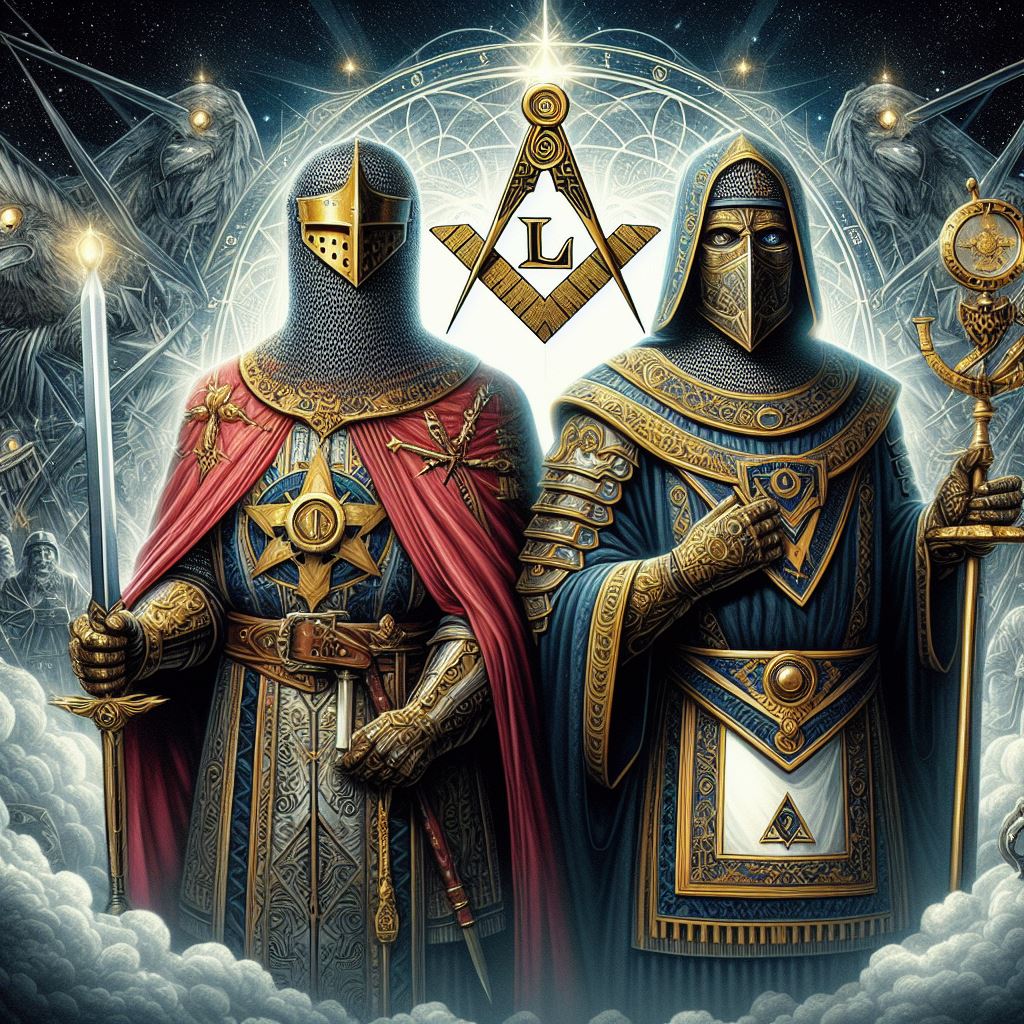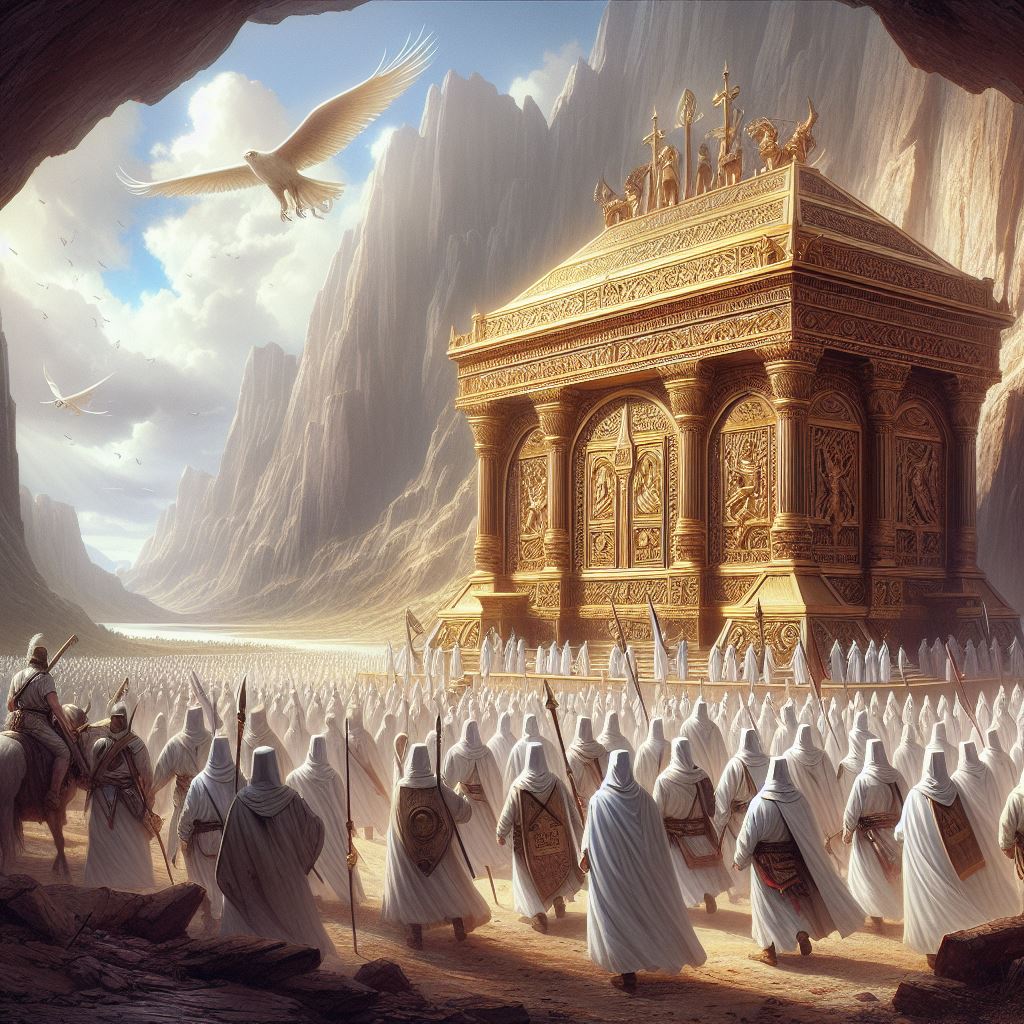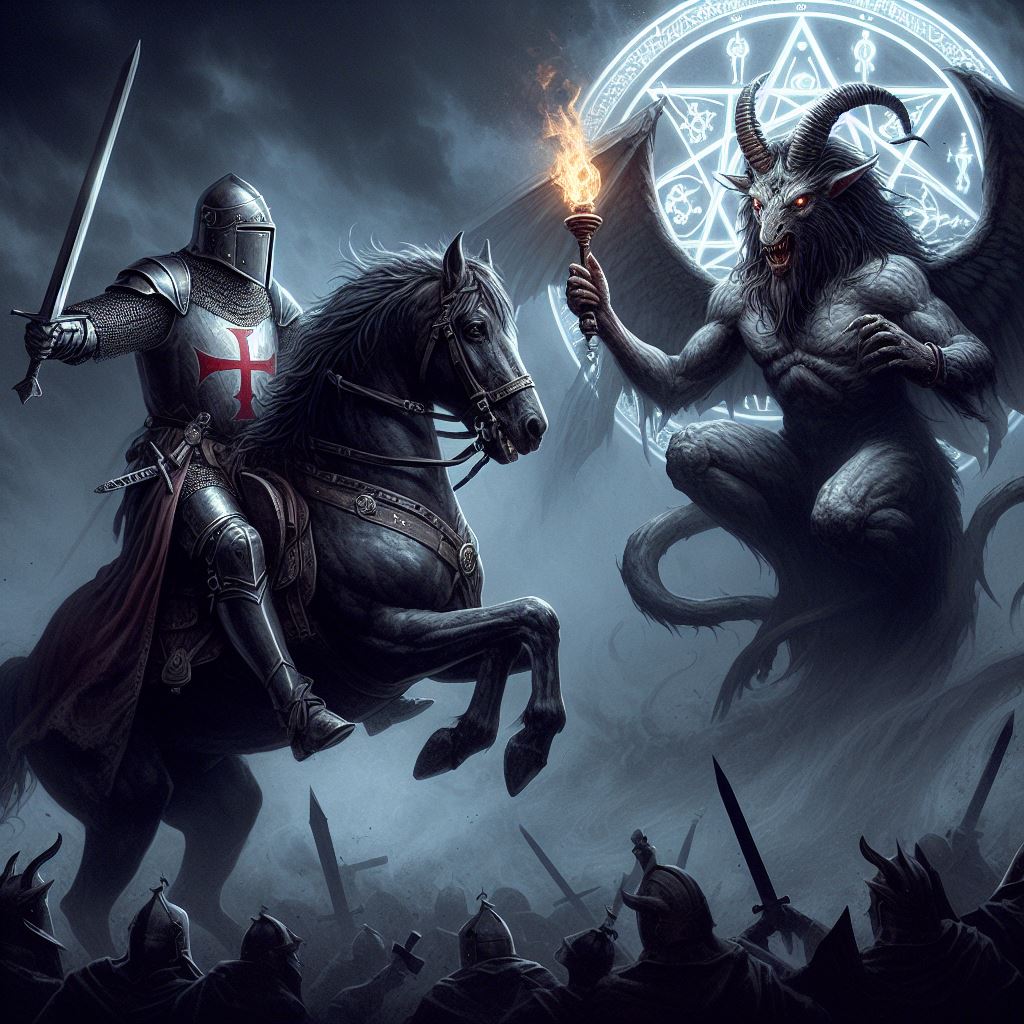
(When I wrote this blog post, the novel Inferno by Dan Brown was about to be released after much fanfare!)
Dan Brown’s new book Inferno is nearly upon is with its references to the 13th century classic poem The Divine Comedy by Dante – let me give some friendly assistance with some of the people, places and concepts you’ll find in the book:
Who was Dante? Dante Alighieri lived from 1265 to 1321 and was born in Florence. For all your Templars out there, he was alive during the period when the Templars were suppressed by the pope and the king of France. As Chaucer is seen as the father of modern English, Dante is viewed in a similar light in relation to Italian. He is often referred to simply as the poet, il Poeta.
Guelphs and Ghibellines – Dante was born into a Guelph family. The medieval states that would go on to form modern Italy hundreds of years later, including Florence, were divided between supporters of the pope (Guelphs) and supporters of the Holy Roman emperor (Ghibellines). As an adult, Dante would fight with Guelph forces at the Battle of Campaldino.
Beatrice – Dante is believed to have been infatuated with a woman called Beatrice di Folco Portinari whom he only met a couple of times. Beatrice appears in Dante’s works as a kind of muse, an object of fascination and probably bearing little resemblance to the real Beatrice. The pre-Raphaelite painters of the nineteenth century immortalised Beatrice as an exotic medieval woman.
Whites versus Blacks – After the Ghibellines were defeated, Florence divided between those who wanted to fight for Florence’s independence (whites) and those who wanted to place the city under the control of pope Boniface VIII (blacks). Dante was a white and his detestation of Boniface is reflected by placing him in hell in the Divine Comedy. The black seized control of Florence and condemned Dante to death. The poet was outside the city on a mission to negotiate with Boniface and never returned to Florence again. Even the offer of a pardon – on what he regarded as humiliating terms – didn’t get him back. His body is interred outside Florence to this day.
Hell, Purgatory and Paradise – Dante’s Divine Comedy is divided into three parts involving a journey through hell, purgatory and paradise. People in the Middle Ages were far more interested and engaged with the afterlife than today. The idea of a voyage through the depths of hell and the heights of heaven was not original in the medieval period but Dante packs his hell with historical and current personalities and some very dark humour.
People in Dante’s hell – To understand the medieval mind, it’s worth looking at who Dante places in hell and why. The City of Dis (a classical reference – Greek/Roman mythology often mixed with Christian concepts) is hell and Cocytus is the frozen lake at the centre of it. Pure hell is a frozen not a fiery place, chilled by the beating of Lucifer’s wings. Cassius, Brutus and Judas are held in Lucifer’s own mouth. They have committed the worst sin of all and betrayed their master. Caiaphas, high priest of the Hebrews, is among the Hypocrites for condemning Jesus to death. Cleopatra is among the lustful. The Greek philosopher Epicurus is with the heretics for denying the immortality of the soul.
How are the wicked punished in hell? – Flatterers are immersed in excrement. Suicides are turned into trees. Soothsayers have their heads turned backwards. Thieves are bitten by serpents. Fraudsters are enclosed in tongue-like flames. Those who were violent towards their neighbours are in boiling blood. And so on.
Dante’s cosmology – Dante was living and writing before Copernicus and saw the Earth as being at the centre of the universe – motionless and still. It is a sphere – not flat – and Jerusalem is at its centre equidistant from the Ebro river to the west and the Ganges to the east. Hell is like a giant funnel consisting of nine concentric circles getting smaller as we get to the middle of the earth.
DISCOVER: Five Templar hotspots you need to visit!
Virgil – He was a Roman poet who lived 70BC to 19BC writing most of his work under the emperor Augustus. Although Virgil was a pagan, he was one of a handful of pagan Romans held in high esteem by medieval Christians. Another was Cicero. They were seen as good people who lived in error. Virgil was even believed to have predicted the birth of Jesus in his works. The Roman appears in Dante’s Divine Comedy as his wise guide through the afterlife.
Secret corridors in Florence – The Vasari corridor in Florence is an elevated walkway built long after Dante’s death. It’s an enclosed passageway you can still see above the city going through buildings and over bridges that allowed the Grand Duke Cosimo de Medici to avoid the common people while moving around.
Bargello – This is a palace mentioned early on in Dan Brown’s book. It was constructed as a noble residence around the time Dante was born. Long after his death it became a prison and until the eighteenth century, executions were conducted in its courtyard.












One thought on “Dan Brown – Inferno and the Knights Templar”